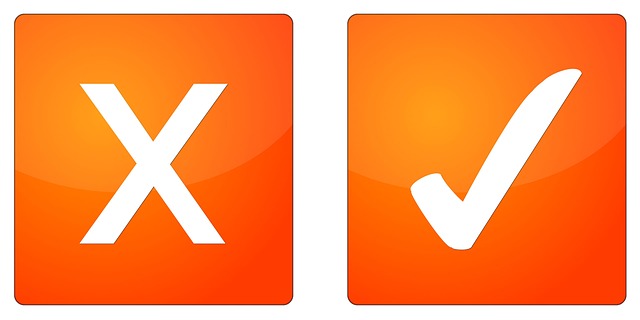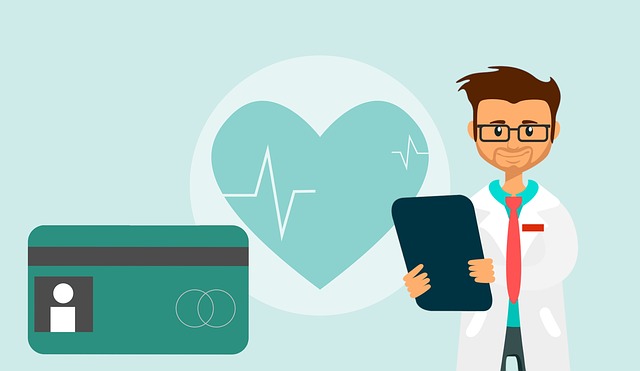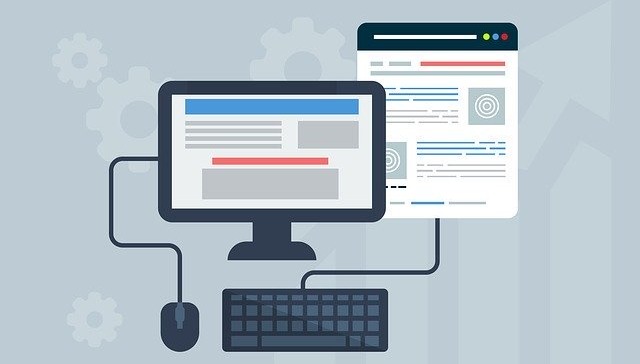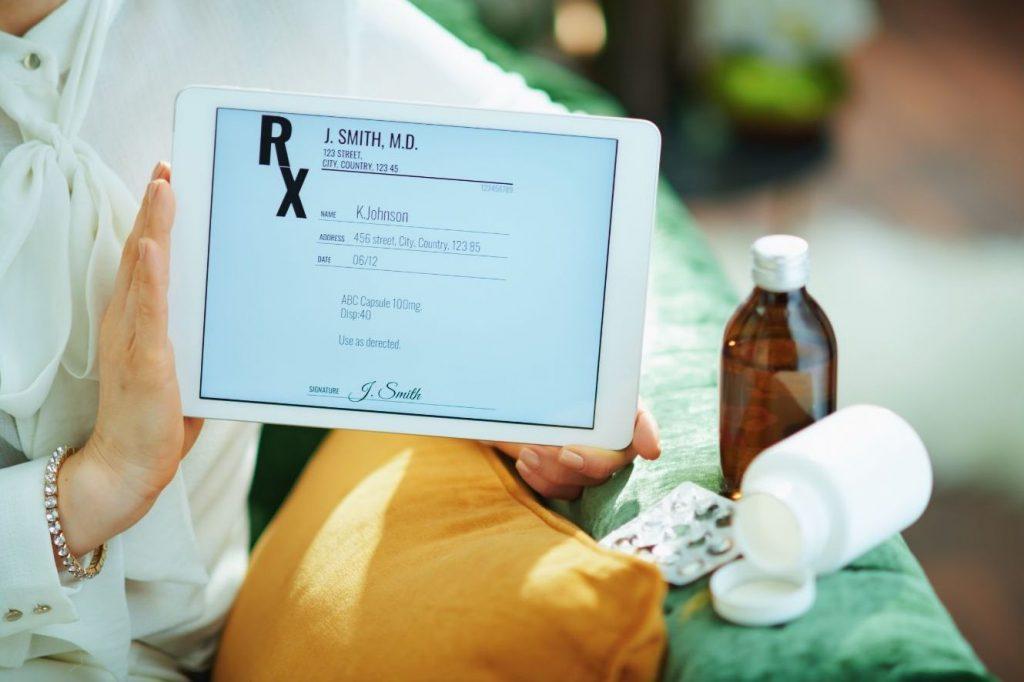Are you in the market for an electronic health record (EHR) software that offers an e-prescribing solution? Whether you are transferring from paper records to your first EHR, or your current platform does not satisfy all your prescribing needs, it can be difficult to know where to start.
Electronic prescribing (e-prescribing) is yet another way that the EHR industry has updated and digitized the healthcare system.
We at Sigmund can remember a time when e-prescribing was simply not an option. It is easy to forget that it did not even become legal in all 50 states until 2007.
Looking back, it is a bit shocking that the industry was still subjected to the inefficiencies and inaccuracies of a fax and paper-based prescribing system so recently.
Since then, it has been great to see this function evolve to continually support providers all over the country.
As e-prescribing is a relatively new addition to the industry, the technology is still experiencing steady advancements. In such a competitive and fast paced market, it can be difficult to stay up to date on the latest technology in each aspect of the EHR environment.
As a result, we wanted to take a moment to highlight three modern e-prescribing features that empower behavioral health facilities to prescribe medication safely and efficiently:
- Contraindication Checking
- Benefit Information Integration
- Ease of Use
1) Contraindication Checking
Contraindication describes a scenario where a drug should not be prescribed because it may be harmful to the patient.
When e-prescribing a medication, an EHR should alert prescribers if the proposed medication has any interactions with the patient’s current medications and/or condition.
An optimal drug interaction checking tool will alert your staff to the following adverse interactions:
- Drug to Drug Interaction: Alerts you if the drug you are prescribing has an interaction with one the patient is already prescribed.
- Patient Allergy Interaction: Alerts you if the patient is allergic to the medication you are prescribing.
- Demographic Interaction: Alerts you if you are trying to prescribe a medication that is inadvisable based on the patient’s demographic information. For example, the system will prevent the prescription of medication that is not suited for geriatric populations to an elderly patient.
- Disease Interaction: Alerts you if you are prescribing a medication that is not suited for patients with a certain diagnosis. For example, a patient diagnosed with alcoholism will not be able to take certain medications. The system should protect against that.
- Food Interaction: Alerts you if you are prescribing a medication that has dietary considerations, such as the influence that certain foods have on the effect of Warfarin.
- Duplicate Therapy: Alerts you if you are prescribing a medication or class of drug that the patient has already been prescribed.
These interaction checking features are crucial to providing prescribers accurate and informative decision support.
Ideally, this decision support makes your prescribers feel safe about administering medications. And, most importantly, it ensures that your patients are receiving safe and optimal care.
Be mindful that some EHRs do not offer such comprehensive contraindication checking. Some may just offer drug-to-drug checking. Others may not incorporate certain demographics.
The more exhaustive the contraindication checking that an e-prescribing feature provides, the more confidence a provider will have that it is prescribing medications safely and efficiently.

Benefit Information Integration
A patient’s benefit information should be directly integrated into the e-prescribing process.
In other words, a patient’s benefit information should be easily visible and actionable when ordering their medications.
This allows a prescriber to check:
- Which meds are on formulary based on their insurance
- What a patient’s copays are
- How much one drug costs vs. another
This is all important information to provide to a patient in real-time, during treatment.
For example, it can prevent a provider from ordering a medication that is not on the patient’s insurance formulary. Not an uncommon scenario in the industry, a patient may not take the medication at all if they cannot afford it.
As a result, the patient does not receive optimal care. They will either not take a drug that they need, or will deal with the inefficiencies of ordering a new medication.
Highly functional e-prescribing features may even present alternatives to drugs that are not on formulary. That way, a facility can find drugs to order that do not pose the same price issue, ensuring the patient receives the medication they need.

Ease of Use
Some e-prescribing tools are fairly functional, but may lack the speed and efficiencies to best support prescribers during hectic clinical environment.
The most effective e-prescribing tools allow a facility to streamline the process as much as possible to free providers up to attend to their other responsibilities.
Here are a few ways that effective e-prescribing solutions can be very user-friendly:
Template Your Work
There are a lot of clicks that go into writing a medication order. More often than not, a patient will need more than one round of the same prescription. Thus, providers tend to order the same drugs a lot.
The most useful e-prescribing tools allow you to save or duplicate common orders in some capacity so that each medication order does not have to be started from scratch every time.
EHRs that provide the ability to set order templates for easy ordering or renewals save providers a lot of time.
Even though this is a rather specific feature, there still is a considerable spectrum of functionality for templating orders across the industry.
The most robust e-prescribing solutions allow a prescriber to build out an entire script in detail.
For example, certain platforms can create a patient’s order for Lipitor with a breakdown of each dose per day of the script. This ensures that the patient is prepared to safely take their medication.
A lesser alternative would be an EHR that can only create a template for Lipitor orders, without any additional dosage information. These platforms will definitely save your facility time, but do not offer the same level of detail for the patient to follow.
Dashboard-Based Workflows
Another way to simplify and facilitate e-prescribing is through intuitive workflows.
Often, nurses write prescriptions for clinicians. An effective way to streamline that chain of command is through an easy to use dashboard that displays the specifics of the prescription.
A clinician should be able to view the details as clearly and quickly as possible to confirm that the information is correct before signing off on them.
This feature adds another layer of safety for the patient, and also prevents the need for a clinician track down the nurse who wrote the prescription to confirm anything.
Effective e-prescribing solutions simply present the necessary information immediately and clearly.

Batch Orders
An ability to batch orders is an e-prescribing feature that is very appealing to some organizations.
A batch order is a group of multiple orders for the same patient. Effective EHRs allow a provider to establish a set of orders (a batch) to streamline that process so that prescribers are not left with the inefficiency of submitting a dozen separate prescriptions for one patient.
In addiction treatment in particular, this feature is especially useful.
For example, a lot of rehab patients require a host of prescriptions that are not necessarily serious medications. Think anticonvulsants or anti-nausea medication.
Effective e-prescribing tools give providers at such facilities the flexibility to batch orders for a type of patient, too.
Consider all the time saved by being able to order a predetermined batch of medications for all patients arriving in detox, rather than prescribing them individually.
At large organizations with a large patient load and a steady flow of new patients, these are the kind of time saving functions that can make a real difference in the time providers have to spend on the actual care of their patients.
Medical EHR Software Solutions
In such a dynamic industry linked so closely with evolving technology, outdated software can still seem very attractive to the untrained eye.
Now that you can better identify highly functional e-prescribing features, we hope you have an easier time assessing what your facility needs out of an e-prescribing solution.
Want to learn more about how AURA, Sigmund’s enterprise EHR, can enhance your e-prescribing situation? Reach out to speak with one of our knowledgable professionals today!
For more insights on other valuable EHR software tools for your medical team, check out this blog post that explores 3 critical medical software solutions for behavioral health.


